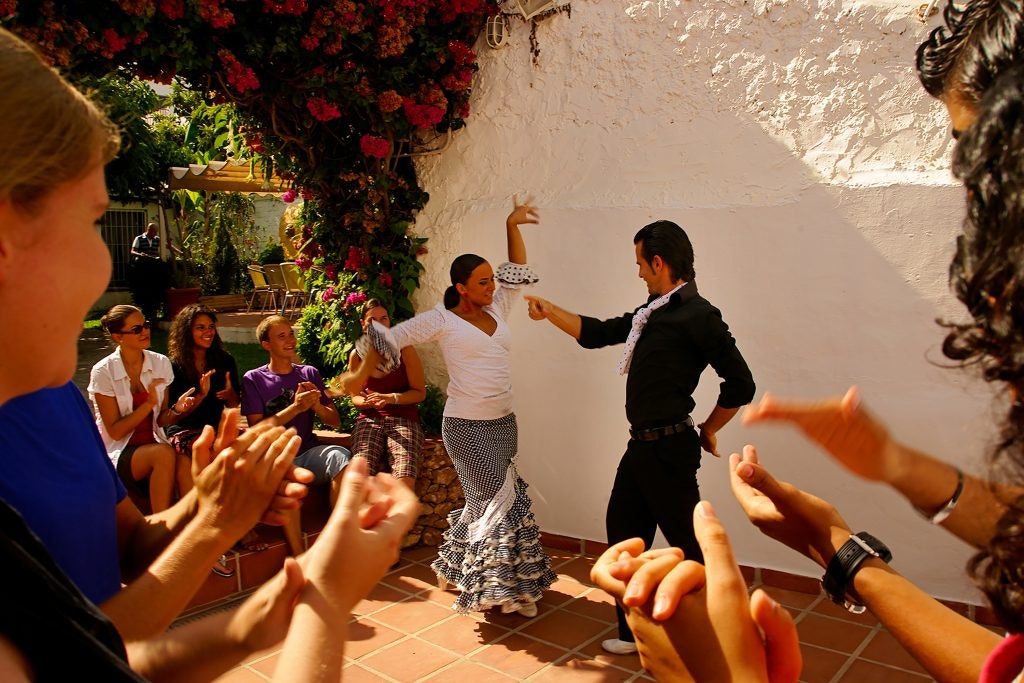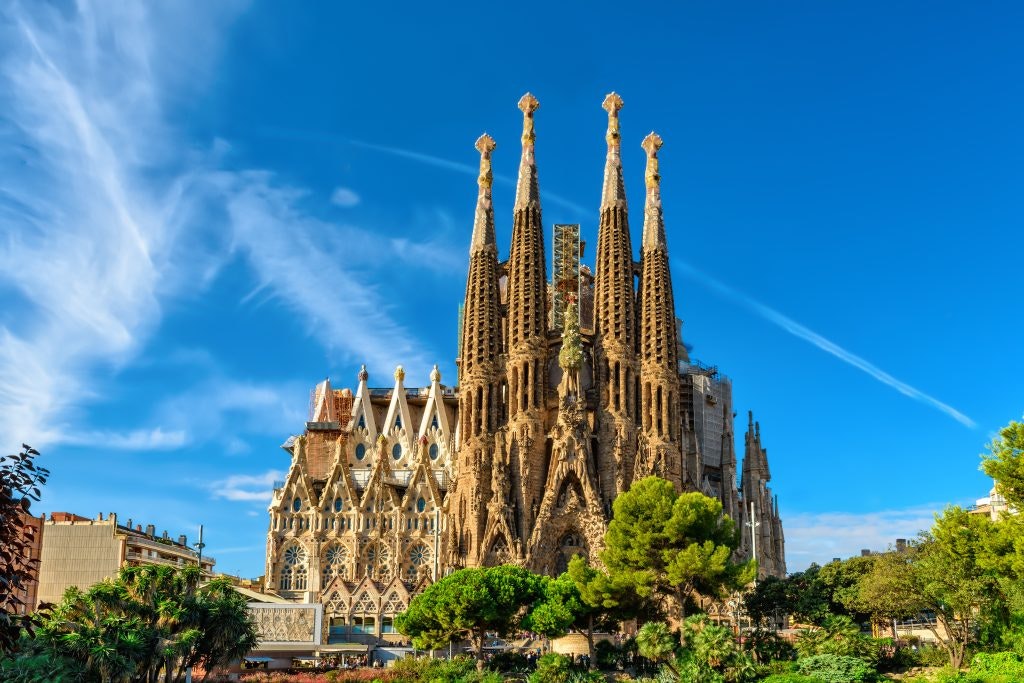Spain was one of the first countries I traveled to on my own. Despite not speaking Spanish well, my friend and I explored Barcelona with a phrasebook in hand. We wandered through Las Ramblas and admired Antoni Gaudí’s landmarks like the Sagrada Familia and Park Güell.
Spain is also home to my first music festival, the Benicàssim Festival, which brings international acts from indie rock to electropop. It was a fun, four-day event where I met new people and camped for the first time.
Beyond my experiences in Europe, Spain is full of interesting facts and delicious foods.
Here are some key facts about Spain:
| Key Facts About Spain | Details |
| Population | 47,892,715 |
| Official Language | Spanish |
| Capital | Madrid |
| Currency | Euro |
| Area | 195,124 sq mi (505,370 sq km) |
| Number of UNESCO World Heritage Sites | 45 |
Now, let’s learn 11 fun facts about Spain.
11 Fun Facts About Spain

- Spain’s tooth fairy is a mouse
- Don Quixote is one of the most widely translated novels in the world
- Spain is the second-largest country in the European Union
- Spain has the 5th most UNESCO World Heritage Sites
- A Spanish dictator changed Spain’s time zone
- Spain is home to four languages
- The world’s oldest restaurant is located in Spain
- Spain has the most Blue Flag beaches in the world
- Some aspects of Spanish culture have been influenced by Islam
- The Sagrada Familia is set to be completed in 2026
- Spain is in the top 10 places in the world in terms of life expectancy
1. Spain’s tooth fairy is a mouse
Spain’s tooth fairy is a mouse called Ratoncito Pérez. In countries such as the U.S. and the U.K., the tooth fairy will come and exchange a child’s tooth for money, in Spain and Latin America, Ratoncito will collect the tooth and leave behind a small gift instead. Though it has Spanish origins, the concept of a ‘tooth mouse’ also exists in Italy.




